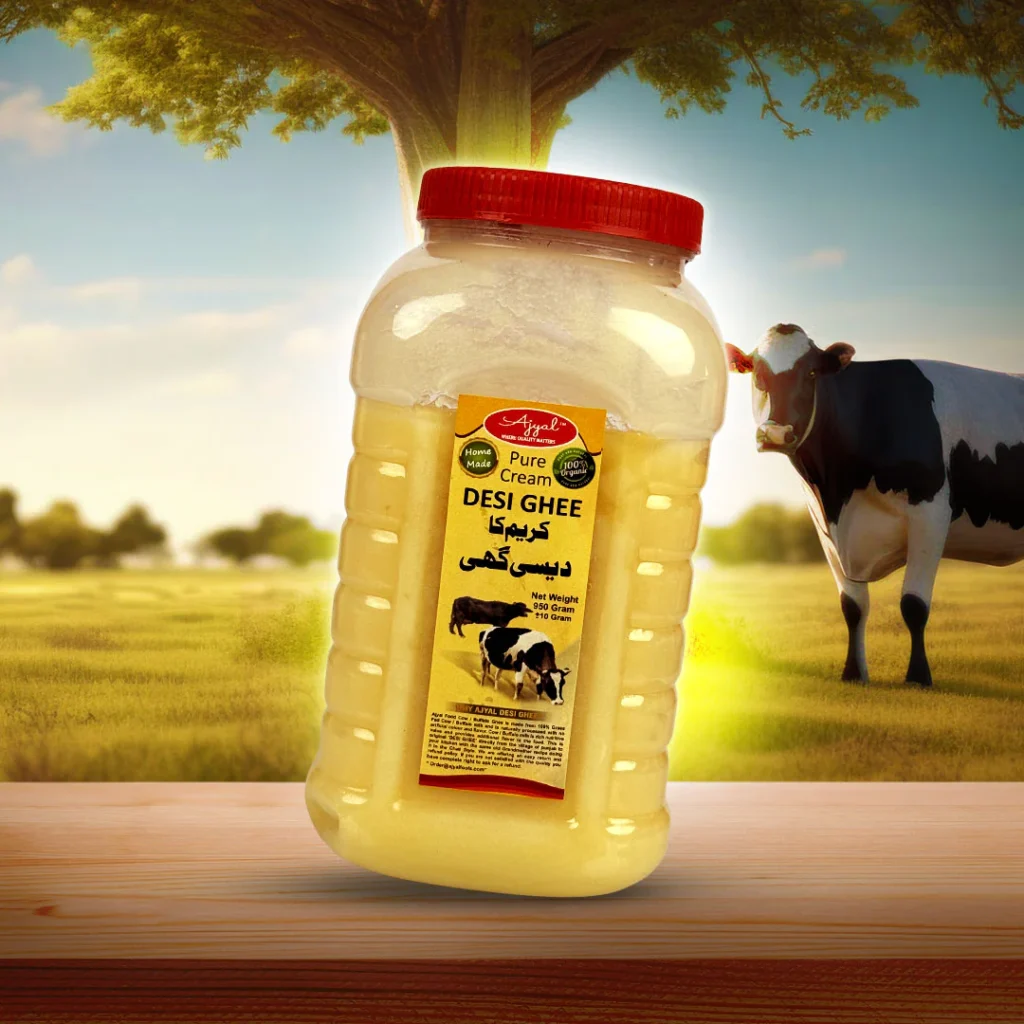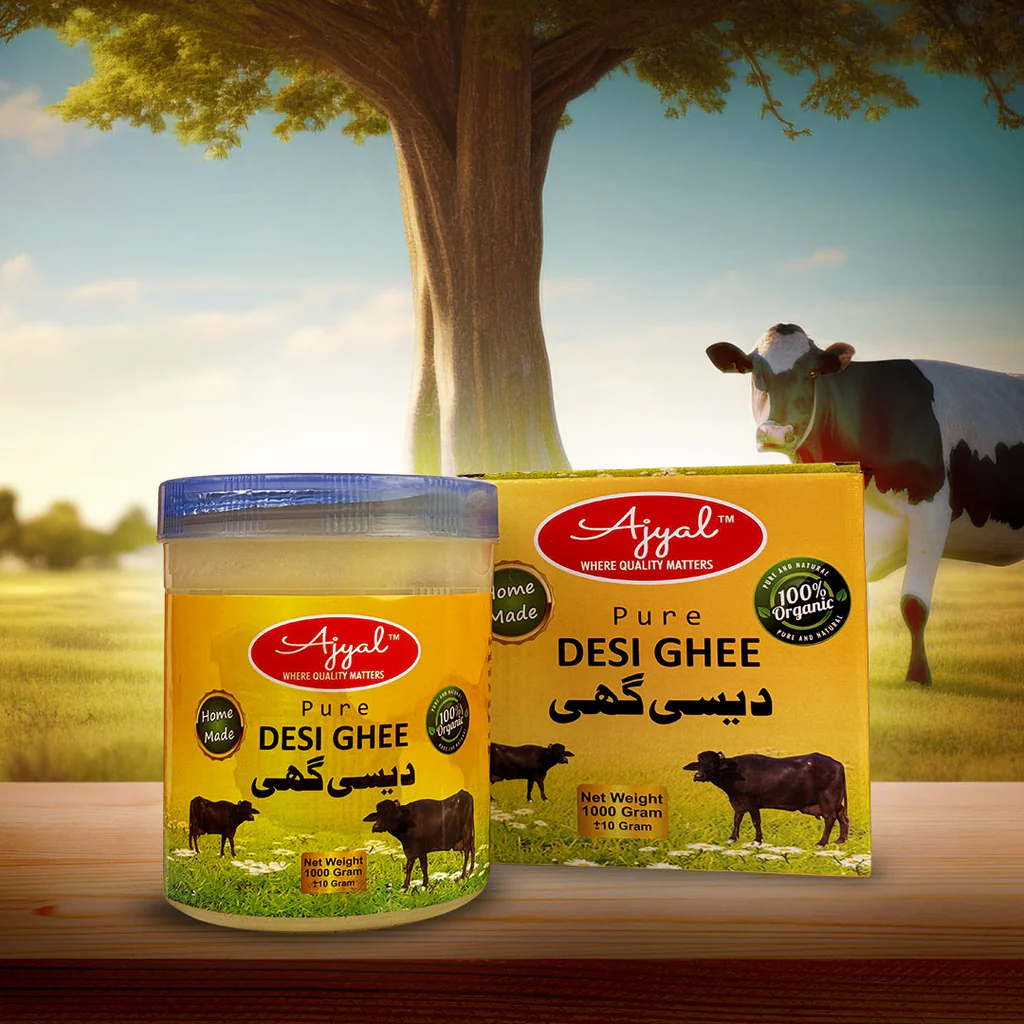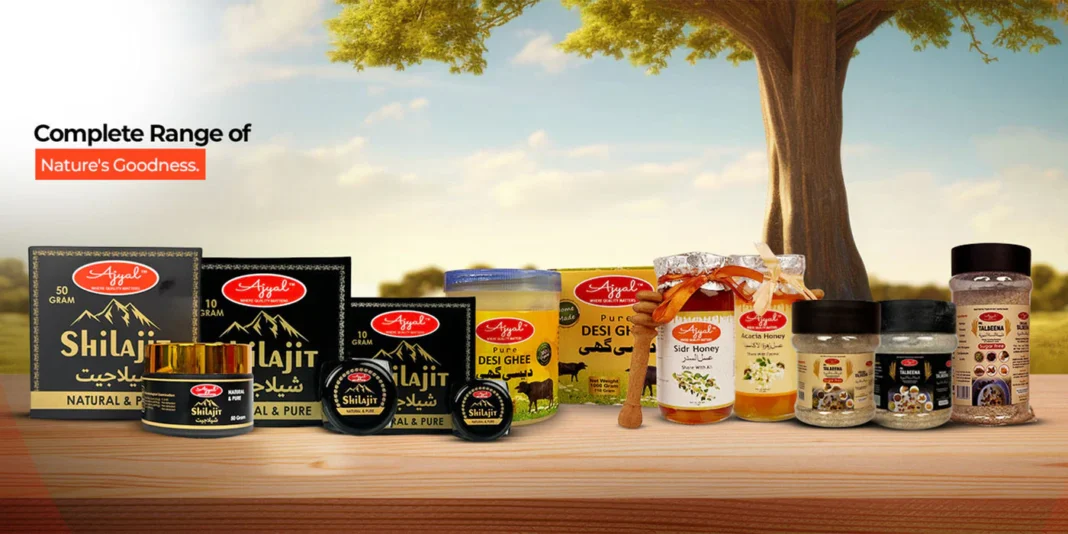Desi ghee, a cherished ingredient in South Asian cooking, particularly in Pakistan and India, is celebrated for its rich flavor and numerous health benefits. As consumer interest in traditional foods grows, understanding the Desi Ghee Price becomes essential for both buyers and sellers. This article delves into current market trends, factors influencing prices, and the overall significance of desi ghee in culinary practices.
What is Desi Ghee?
Desi ghee is a type of clarified butter made from the milk of cows or buffalo. Unlike regular butter, desi ghee is prepared by simmering the milk and removing the water content, resulting in a product that is rich, aromatic, and shelf-stable. It plays a vital role in various dishes, from curries to desserts, and is often praised for its health benefits.
Nutritional Value of Desi Ghee
Desi ghee is known for its rich nutrient profile, which includes:
- Vitamins: High in vitamins A, D, E, and K, which are essential for various bodily functions.
- Fatty Acids: Contains healthy saturated fats and butyrate, a fatty acid beneficial for gut health.
- Antioxidants: Offers antioxidant properties that can help combat oxidative stress.
Current Prices of Desi Ghee

As of 2024, the Desi Ghee Price varies across regions and brands in South Asia, reflecting market demand and production costs. On average, consumers can expect to pay between PKR 300 to PKR 700 per kilogram.
Regional Pricing Variations
Prices differ significantly depending on the location. Here’s a breakdown of average prices in major cities:
- Karachi: PKR 400 to PKR 750 per kg
- Lahore: PKR 350 to PKR 700 per kg
- Islamabad: PKR 450 to PKR 800 per kg
Brand Influence on Pricing
Well-known brands often charge a premium for desi ghee due to their established reputation and consumer trust. On the other hand, lesser-known brands might offer competitive pricing to attract customers.
Factors Influencing Desi Ghee Prices
Several factors contribute to the fluctuating prices of desi ghee in the market.
Raw Material Costs
The price of raw materials, especially milk, has a direct impact on the cost of desi ghee. Seasonal changes, droughts, and fluctuations in dairy production can lead to variations in milk prices, which in turn affects ghee prices.
Production Methods

Desi Ghee Price can be produced through traditional methods or industrial processes. Traditional ghee, which is made by simmering milk slowly, often comes at a higher price due to the time and labor involved. In contrast, industrial production methods can lower costs but may compromise quality.
Packaging and Distribution
The type of packaging also influences the cost. Eco-friendly packaging and smaller units may result in higher prices, while bulk packaging can offer savings. Additionally, distribution costs vary by region, impacting local pricing.
Consumer Demand
Increasing consumer awareness of health benefits associated with desi ghee has led to higher demand. This demand can push prices up, particularly for organic or premium products.
Health Benefits of Desi Ghee
Beyond its culinary uses, desi ghee offers numerous health benefits that make it a popular choice among consumers.
Digestive Health
Ghee contains butyrate, which supports a healthy digestive system. It can help reduce inflammation in the gut and promote a healthy microbiome, making it suitable for those with digestive issues.
Nutrient Absorption
The fats in desi ghee can enhance the absorption of fat-soluble vitamins (A, D, E, and K) from other foods, making it a valuable addition to meals.
Heart Health
When consumed in moderation, desi ghee can be heart-healthy. It contains conjugated linoleic acid (CLA), which may help improve heart health and reduce body fat.
Skin and Hair Benefits
Rich in antioxidants and fatty acids, desi ghee is beneficial for skin and hair health. It can be used topically to moisturize skin and nourish hair.
Choosing the Right Desi Ghee
With various brands and types available, selecting quality desi ghee can be challenging. Here are some tips to consider:
Read Labels Carefully
Always check the ingredients list. High-quality desi ghee should contain only pure milk fat, with no additives or preservatives.
Assess Color and Aroma
Authentic desi ghee typically has a golden yellow color and a rich, nutty aroma. If the ghee appears excessively white or smells rancid, it may be of inferior quality.
Brand Reputation
Research brands before purchasing. Established brands with positive customer feedback are more likely to offer high-quality products.
The Future of Desi Ghee Pricing
As consumer preferences shift towards healthier and more traditional cooking methods, the market for desi ghee is expected to evolve.
Increasing Demand for Organic Ghee
The growing trend towards organic and natural foods may lead to a rise in the price of organic desi ghee. Consumers are becoming more willing to pay a premium for products perceived as healthier.
Market Dynamics
Fluctuations in the dairy market, changes in government policies, and economic conditions will continue to affect ghee prices. Keeping an eye on these factors can help consumers anticipate price changes.
Consumer Education
As awareness about the benefits of desi ghee increases, consumers are likely to become more discerning about quality. This demand for high-quality products may lead to a broader range of offerings in the market.
Conclusion
In conclusion, the Desi Ghee Price is influenced by a myriad of factors, including raw material costs, production methods, and consumer demand. While prices can vary widely across regions and brands, understanding these dynamics is essential for making informed purchasing decisions. Desi ghee not only enriches culinary traditions but also offers numerous health benefits, making it a valuable addition to any kitchen. As the market continues to evolve, consumers can expect greater variety and quality in desi ghee products, ensuring they find the right fit for their dietary needs and preferences.


